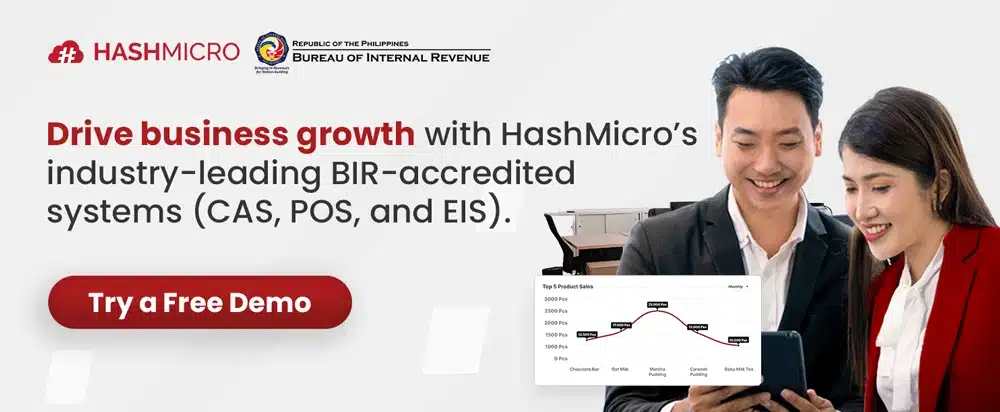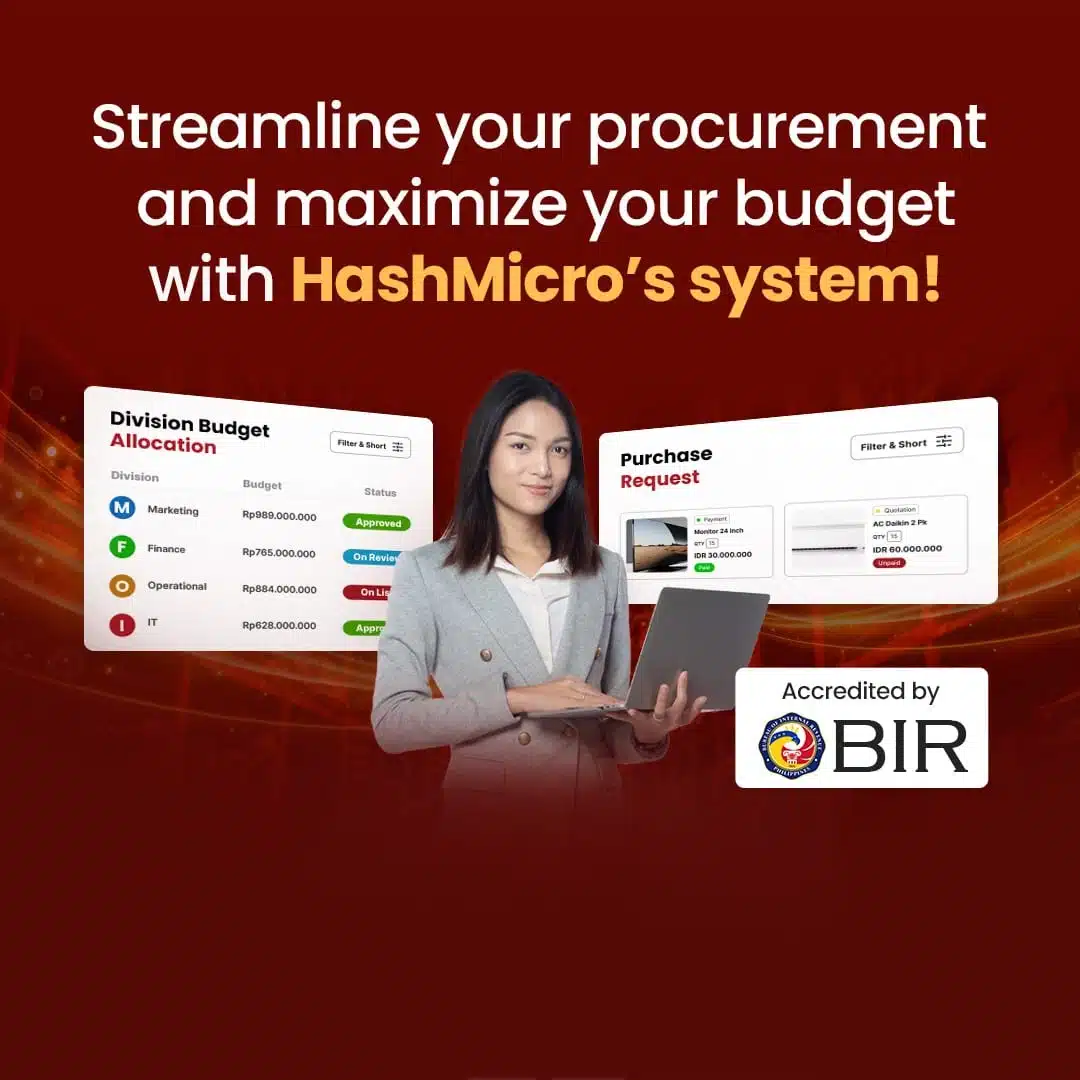Running a business gets so much easier when every purchase is tracked, payments are clear, and any issues get sorted fast. Sounds great, right? That’s exactly what a purchase order system helps you do.
It keeps your purchases organized and makes sure payment terms are followed without any hassle. A lot of businesses in the Philippines, especially smaller ones, often start with paper-based systems because they seem simple at first.
But as your business grows, handling paperwork manually gets harder and mistakes become more common. That’s why you should try HashMicro Procurement System, the ultimate solution for purchase order management in the Philippines. You can automate processes and make the entire procurement process to be far easier.
However, if you’re still unsure whether implementing a purchase order is the right move, we’ll explain thoroughly about what it is, how it work, and why it’s helpful for your company.
Key Takeaways
|
Table of Content
Content Lists
What is Purchase Order System?
A purchase order system is a tool that automates the buying process, streamlining order creation, approval, and delivery tracking. This streamlines operations, reduces errors, and keeps your documents neat and organized.
With a cloud-based purchase system, you can manage orders anytime and from anywhere, approve purchases quickly, and monitor deliveries to avoid delays. It also gives you real-time visibility into spending, helping you stick to your budget and cut unnecessary costs.
Since the system integrates seamlessly with tools like accounting and inventory software, different teams can work together smoothly. Whether you’re running a small shop or a growing enterprise in the Philippines, a PO system helps you save time, manage costs, and grow your business with confidence.
Benefits of Purchase Order System
A purchase order system simplifies purchasing and helps businesses in the Philippines stay organized while saving time and money. Here’s how it can support smoother operations:
- Speeds Up Processes: Automated workflows make it easy to create, approve, and track orders efficiently. With fewer delays, your team can focus on high-priority tasks and keep things moving forward.
- Reduces Errors and Costs: Automation ensures data accuracy by minimizing manual entry mistakes, helping you avoid overspending or ordering the wrong items. It also prevents stock shortages by keeping track of inventory levels in real time.
- Keeps Everything Organized and Accessible: A cloud-based purchase order system stores all supplier information, purchase histories, and order details in one place, making it easy to track orders from anywhere. This gives you full visibility into your spending and helps you stay on top of deliveries.
- Strengthens Supplier Relationships: Clear and consistent purchase orders reduce misunderstandings with suppliers, helping you avoid delivery issues. Tracking lead times also ensures stock arrives on schedule, which builds trust and improves collaboration with your suppliers.
- Improves Customer Satisfaction: When your purchasing process runs smoothly, you can keep products in stock and fulfill orders on time. This ensures customers get what they need when they expect it, which builds loyalty and trust in your business.
Types of Purchase Order System
Understanding the different types of purchase order systems can greatly enhance how your business manages procurement. Each type is designed to meet specific needs, and they range from basic manual systems to advanced automated solutions. Here’s a breakdown of the main types of purchase order system:
-
Manual Purchase Order System
- Ad-hoc Systems: Orders are created as needed, often relying on the purchaser’s memory.
- Pen-and-Paper Systems: This kind of purchase order is written down and stored physically, which can lead to data loss or errors.
- Spreadsheet-Based Systems: Simple software like Excel is used to create and track orders, but it lacks automation
-
Automated Purchase Order System
Also known as cloud-based purchase order software, these systems streamline the entire purchasing process. They allow you to sync with live inventory records, enhancing the efficiency of tasks such as data entry, stakeholder communication, and supplier updates. Automated systems help reduce errors and ensure timely procurement.
-
Purchase Order Inventory Management System
These advanced systems integrate purchasing with inventory management, providing real-time inventory tracking, barcode scanning, automatic reordering, and detailed purchasing report. Thus, stock levels can be managed more easily without constant communication between teams.
-
ERP Systems with Purchase Ordering Modules
This Purchase Order System provides an all-in-one solution for managing procurement, integrating purchase orders with inventory, accounting, and supplier management. This purchasing software automates workflows, reduces errors, and ensures compliance, improving efficiency. With real-time data visibility, businesses can track orders, control costs, and optimize supplier relationships.
By recognizing the different types of purchase order system, you can choose the one that aligns with your business needs and budget, ultimately leading to more efficient purchasing processes and better management of resources.
See also: Purchase Order vs Invoice, What’s the Difference?
How to Build and Personalize Your Own Purchase Order System
To customize your own purchase order system, follow these steps:
- Set clear goals for your PO system, decide on the features you need, and involve key users and stakeholders in the planning process.
- Research and compare automated purchase order system software that aligns with your PO system objectives, and choose the best fit for your company’s budget.
- Map out the purchase requisition and purchase order workflows, including approval processes, and determine who has authorization to approve PO.
- Personalize purchase requisition (PR) and purchase order (PO) forms using templates.
- Inform all employees about the planned adoption and the start date for the new purchase order system.
- Identify system users, configure role-based permissions, and train employees on how to use the system.
- Conduct a post-adoption review to evaluate the purchase order system implementation, document its benefits, and share lessons learned.
What are the Problems That Purchase Order Can Solve?
Purchase order is like a trusty roadmap for businesses, guiding them through the procurement process and helping solve several common challenges. Let’s explore how PO can make life easier for you and your team!
-
Organizational Boost
Purchase order provides a structured way to document every purchase. By keeping records of what was ordered, when, and from whom, you can easily track your expenses and retrieve important information whenever needed. This organization helps keep your business running smoothly.
-
Better Communication
Purchase order act as a common language between buyers and suppliers. They outline expectations clearly, reducing the chances of misunderstandings. When everyone knows what to expect, it strengthens your relationships with suppliers and ensures a smoother workflow.
-
Smart Inventory Management
With purchase orders, you can keep a close eye on your inventory levels. They help you prevent overstocking, which can tie up your cash, and avoid stockouts that may lead to unhappy customers. This balance is key to maintaining a successful business!
-
Budget Control
Purchase orders are your allies in maintaining financial discipline. By requiring approvals for purchases, they ensure spending stays within budget. This process helps you make informed decisions and prevents unnecessary expenses, keeping your finances healthy.
-
Fewer Mistakes
Automation in the purchase order process reduces the risk of manual errors. By minimizing the need for data entry, you create accurate records and avoid costly mistakes. This efficiency saves time and boosts productivity across your team.
-
Supplier Monitoring
Purchase order enables you to track supplier performance effectively. With clear records of orders and deliveries, you can hold suppliers accountable, ensuring they meet their commitments. This oversight is essential for maintaining a reliable supply chain.
-
Audit Preparedness
Having a formal purchase order process makes you audit-ready. You’ll have a clear trail of purchases, making it easy to review past orders when needed. This transparency is beneficial during audits or financial reviews, showcasing how well you manage your procurement.
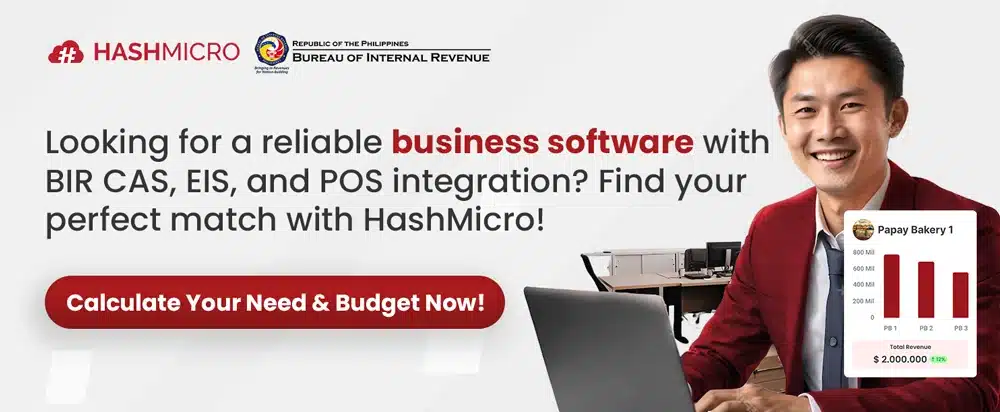
What Kind of Information That Needs to be Available in Purchase Order?

A purchase order is a crucial document that helps streamline the buying process by ensuring clear communication between the buyer and the supplier. Here’s a breakdown of the key information that should be included in a purchase order:
- Company Information (Header Section):
- Company Name
- Address (Street Address, City, State, ZIP)
- Contact Information (Phone, Fax, Website)
- Purchase Order Information:
- Purchase Order Date (DATE)
- Purchase Order Number (PO#)
- Vendor Information:
- Vendor’s Company Name
- Vendor’s Contact Information (Address, Phone, Fax)
- Ship-To Information:
- Name of the recipient or department
- Shipping Address (Street Address, City, ZIP)
- Phone Number
- Items and Description:
- Item Number (ITEM #)
- Product/Service Description
- Quantity (QTY)
- Unit Price
- Total Price for each item
- Shipping Information:
- Shipping Method (SHIP VIA)
- Terms of Shipping (F.O.B.)
- Total Amount:
- Subtotal
- Additional Charges (Tax, Shipping, Other)
- Grand Total (TOTAL)
- Special Instructions or Comments:
Any specific requirements or additional information that the buyer wants to communicate to the vendor. - Contact Information for Inquiries:
A note at the bottom for the vendor to contact someone in case of questions, including the contact’s name, phone number, and email.
This information helps ensure that both the buyer and seller have clear expectations regarding the transaction, minimizing misunderstandings. Other types of templates that many find useful include RFQ template, purchase requisition template, and supplier evaluation templates.
How Hashmicro Can Help to Automate Purchase Order
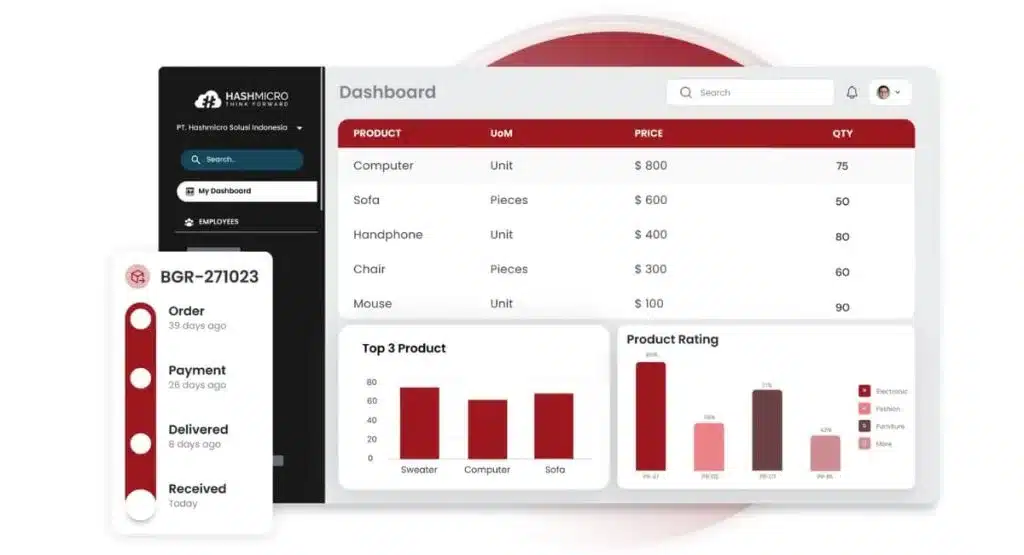
Choosing the right business tool can feel overwhelming, but with HashMicro Procurement System, the decision becomes much simpler.
Even though HashMicro is more well known for providing ERP solutions, it offers over 40 different modules which could streamline many business processes including procurement which is the number one procurement system for enterprises in the Philippines.
Here are several features that make HashMicro stands out from the crowd:
-
Unlimited User Access for Seamless Collaboration
Whether your business is large or small, HashMicro procurement software offers unlimited user access. Your entire team, no matter how big, can collaborate smoothly without worrying about access limitations or extra costs.
-
User-Friendly Dashboard for Every Level of Expertise
HashMicro’s dashboard is easy to use, ensuring that even non-technical team members can navigate it without intensive training. No complex systems are involved, just efficient workflows that let you focus on growing your business.
-
Cost-Effective with Real-Time Insights
Track your company’s expenses and savings in real-time. HashMicro’s Procurement System provides instant reports that help you spot cost-saving opportunities, keeping your budget in check and your finances transparent.
-
Automated Vendor Management for Stress-Free Procurement
Enjoy peace of mind with HashMicro’s automatic vendor ratings and periodic evaluations. This feature ensures you are always working with the most reliable partners, saving you time and effort on vendor management.
-
Local Support with Global Expertise
HashMicro offers dedicated, responsive local support, meaning faster response times and tailored assistance that meets your needs. Unlike providers based abroad, HashMicro understands the unique business landscape of the Philippines.
-
Flexible Purchasing Models for Every Business Need
From product purchases to rentals, HashMicro Procurement System provides a variety of purchase models. This flexibility ensures that your business can scale operations without unnecessary risks or long-term commitments.
With these benefits, HashMicro procurement system becomes more than just a tool. It is a partner in your business growth. Whether you are a startup, an SME, or a large enterprise, HashMicro adapts to your needs, allowing you to stay competitive and innovative.
Conclusion
A purchase order system can be a transformative tool for businesses, offering clear advantages such as efficient tracking, accurate documentation, and improved control over procurement. However, implementing the right system is crucial to make sure that it aligns with your business needs and grows alongside your operations.
A reliable purchase order system can make your procurement process smoother. Through using HashMicro’s Procurement System, our software provides powerful tools designed specifically for businesses in the Philippines. Want to see how it can change your purchasing experience? We invite you to try HashMicro’s free demo!
Discover how this system can empower your business, boost efficiency, and support your growth. With HashMicro’s Procurement System Philippines, you’ll have everything you need to thrive in today’s competitive market.

Frequently Asked Questions on Purchase Order System
-
What is an electronic purchase order?
An e-purchase order is a purchase order that is filled out and sent digitally using an automated procurement system or purchasing software.
-
What is the difference between a purchase order vs invoice?
A purchase order is created by the customer to request goods or services from a supplier, whereas an invoice is issued by the supplier or vendor once the goods or services have been delivered to the customer.
-
What are the 4 types of purchase order?
The four types of purchase orders are standard, planned, blanket, and contract orders. A standard purchase order is used for one-time purchases, detailing the exact goods and services. A planned purchase order is used for recurring orders, where specific quantities and delivery dates are set in advance. Blanket orders cover a series of orders over a period, with predetermined pricing and delivery terms. Lastly, contract purchase orders are legally binding agreements for the supply of goods and services under specific conditions, often for long-term needs.
-
What is PO meaning in business?
In a business context, PO refers to a Purchase Order, which is a crucial commercial document issued by a buyer to a seller. It indicates the desire to purchase specific products or services, specifying types, quantities, and agreed-upon prices.




